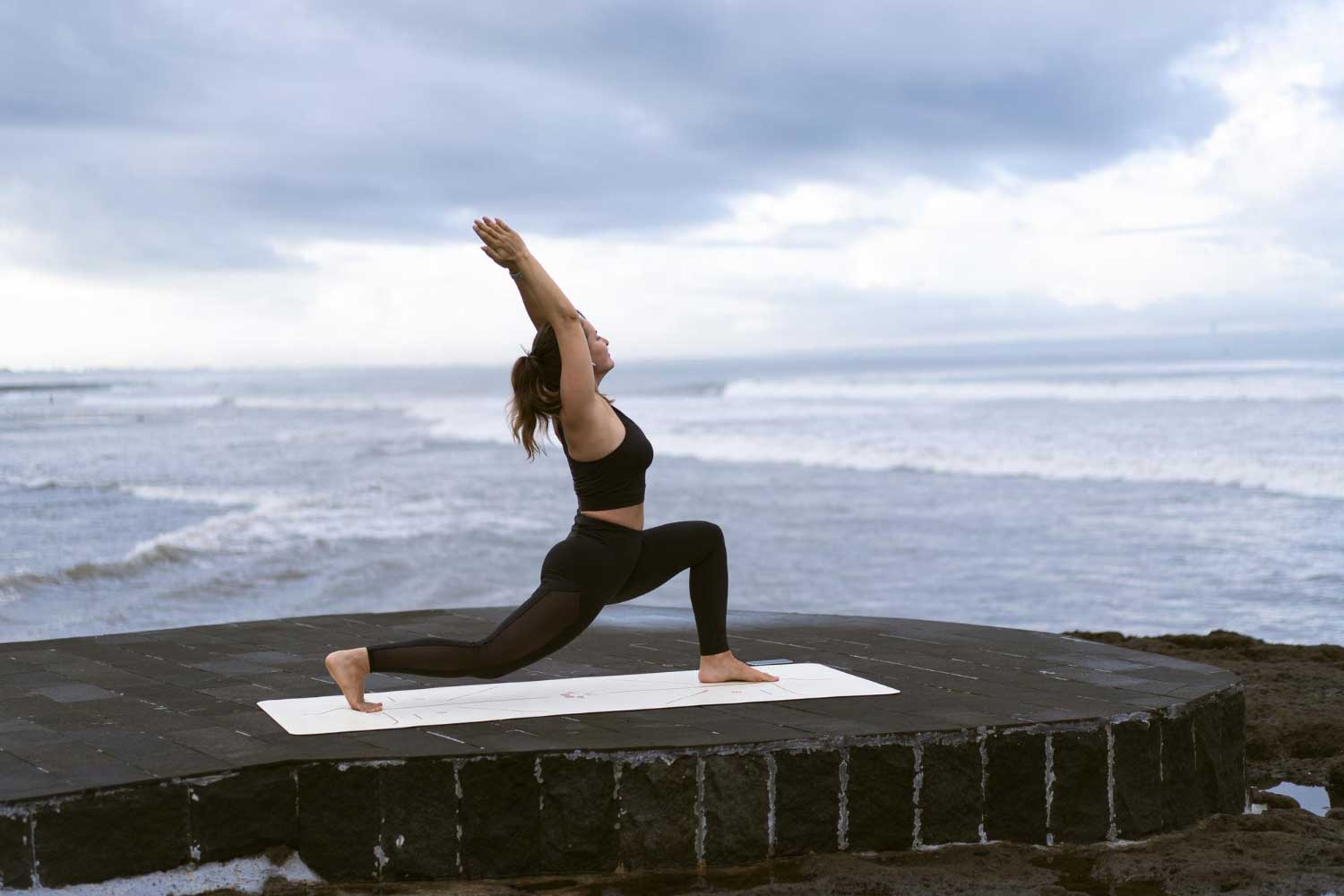In today’s fast-paced world, it’s easy to get caught up in the daily hustle and bustle, leaving little time for reflection and relaxation. However, research has shown that practicing mindfulness can have numerous benefits, including reducing stress and anxiety, improving focus and attention, and increasing overall well-being. In this blog post, we’ll explore what mindfulness is, how it can benefit you, and provide some tips for incorporating it into your daily routine.
What is mindfulness?
Mindfulness is the practice of being present and fully engaged in the current moment, without judgment or distraction. It involves paying attention to your thoughts, feelings, and physical sensations, as well as your environment, with a non-judgmental and accepting attitude. By focusing on the present moment, you can reduce feelings of stress and anxiety, improve your overall mood, and cultivate a sense of calm and inner peace.
Benefits of mindfulness:
Research has shown that mindfulness can have numerous benefits for both physical and mental health. For example, studies have found that mindfulness can reduce symptoms of anxiety and depression, lower blood pressure, and improve sleep quality. Additionally, mindfulness has been shown to increase attention and focus, boost immune function, and enhance overall well-being.
How to practice mindfulness:
If you’re interested in incorporating mindfulness into your daily routine, there are a variety of techniques you can try. Some popular methods include:
Meditation: Meditation is a common way to practice mindfulness. It involves sitting quietly and focusing your attention on your breath or a specific object, such as a candle or a mantra. When your mind wanders, simply acknowledge the thought and gently redirect your attention back to your breath or object.
Body scan: A body scan involves slowly and systematically scanning your body from head to toe, paying attention to any physical sensations you may be experiencing. This can help you become more aware of your body and reduce feelings of tension or discomfort.
Mindful breathing: Mindful breathing involves focusing your attention on your breath and noticing each inhale and exhale. You can also count your breaths or repeat a phrase or mantra to help you stay focused.
Mindful movement: Mindful movement involves paying attention to the physical sensations of movement, such as the feeling of your feet on the ground or the movement of your arms and legs. This can be practiced through activities such as yoga, walking, or even washing dishes.
Incorporating mindfulness into your daily routine:
If you’re new to mindfulness, it can be helpful to start with short, frequent practice sessions, such as 5-10 minutes a day. As you become more comfortable, you can gradually increase the length of your practice. You can also try incorporating mindfulness into other activities, such as eating or showering, to help you stay present and engaged in the moment.
In conclusion, practicing mindfulness have huge benefits for both physical and mental health. By focusing on the present moment and cultivating a non-judgmental attitude, you can reduce feelings of stress and anxiety, improve your overall well-being, and achieve a greater sense of inner peace and calm. If you’re interested in incorporating mindfulness into your daily routine, there are a variety of techniques you can try, such as meditation, body scans, mindful breathing, and mindful movement. So take a deep breath, let go of any distractions, and allow yourself to be fully present in the moment.

